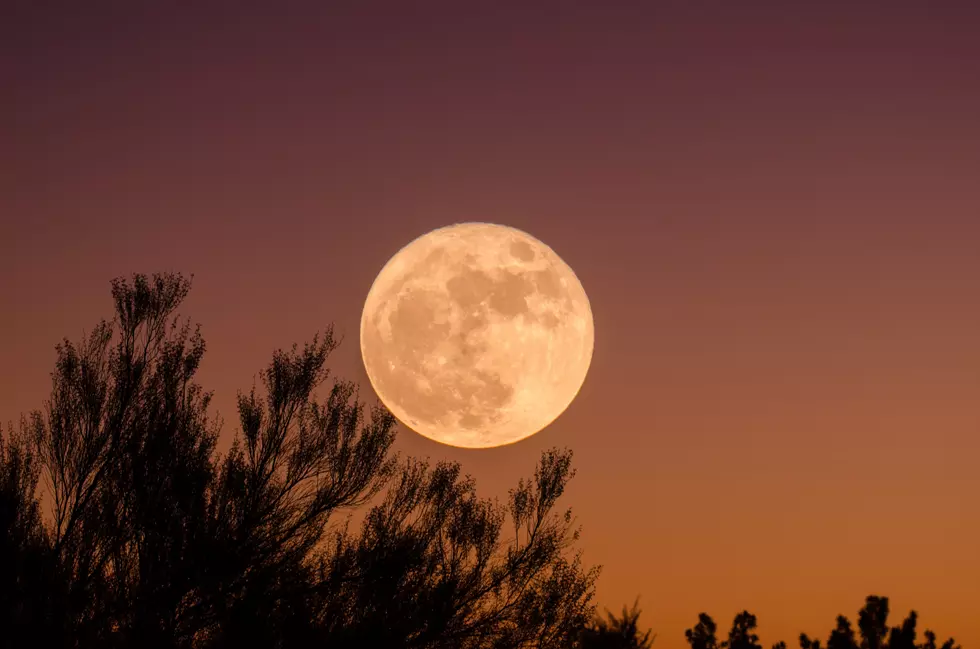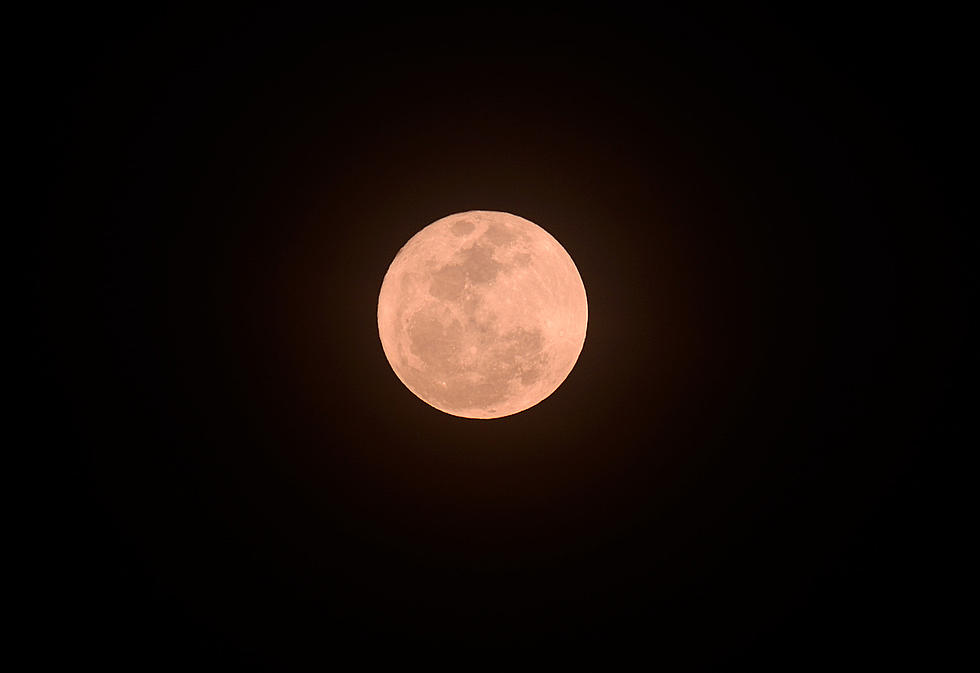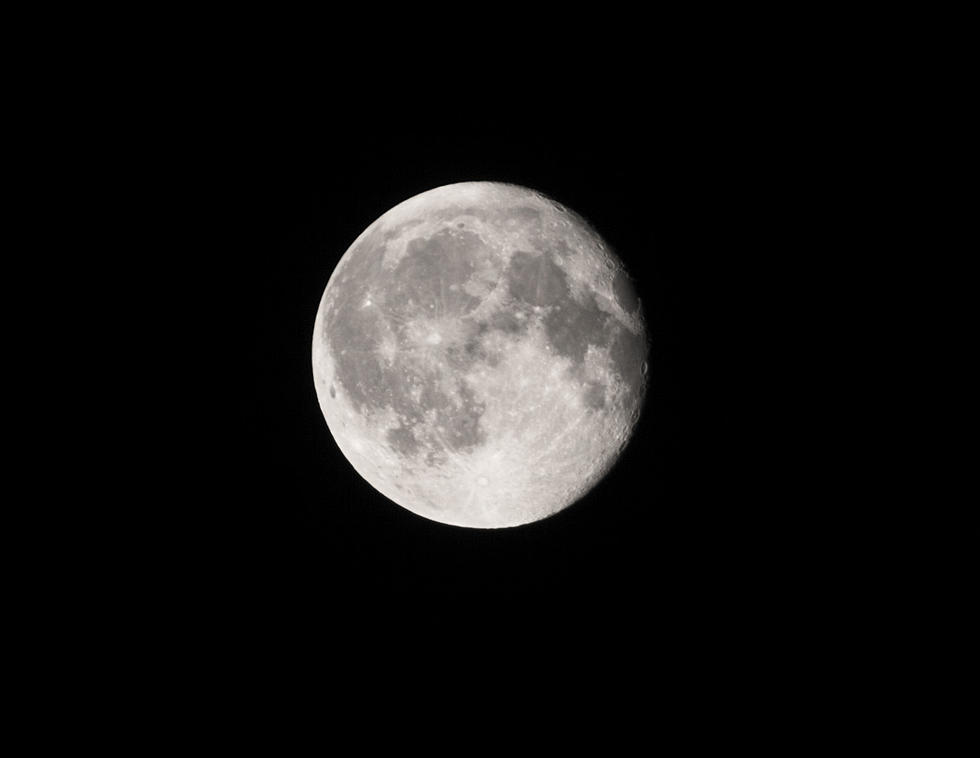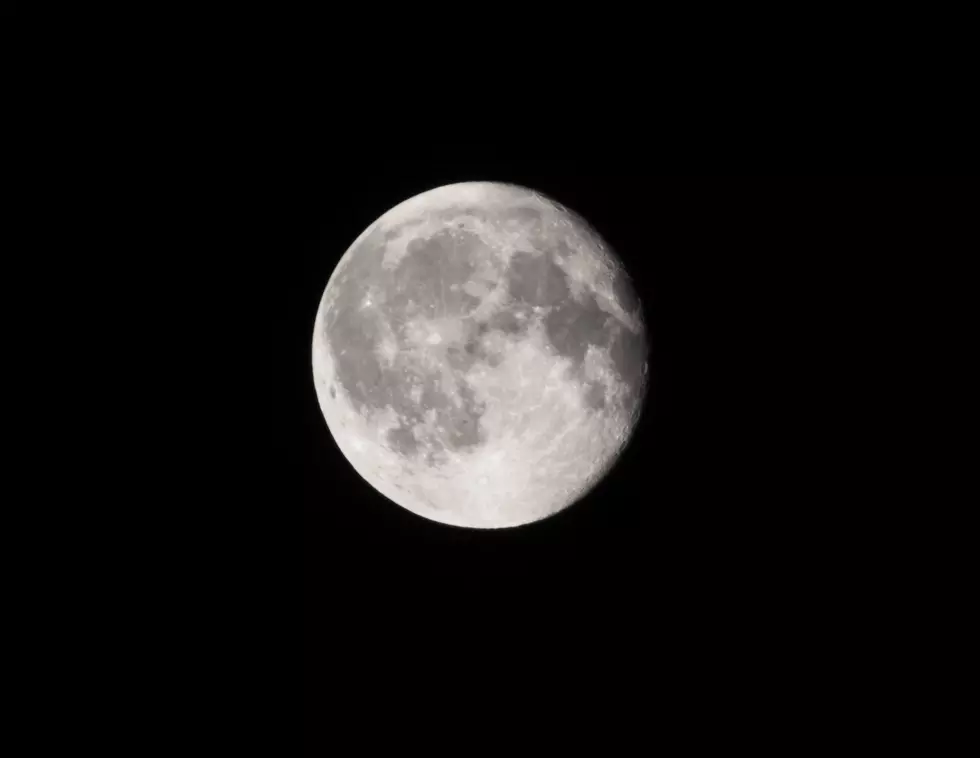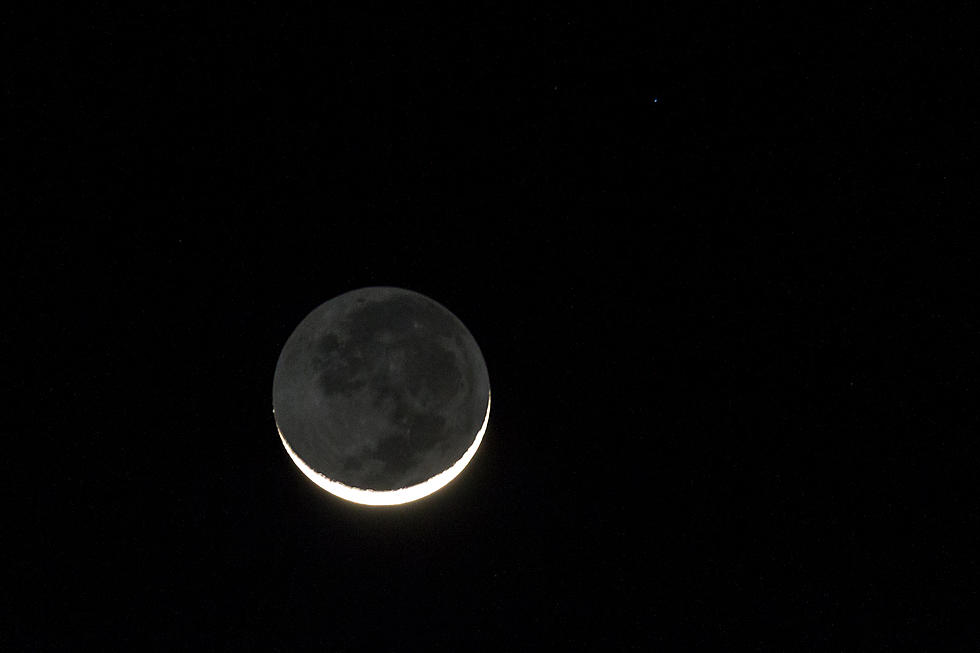
The First of two Super NEW Moons this Year Happens this Week!
We had two Super FULL Moons earlier this year, and we’ll close out 2021 with two Super NEW Moons.
When the Full Moon or New Moon occurs during the Moon's closest approach to Earth it is often called a supermoon.
The first takes place on November 4 and the other on December 4. Super New Moons, like any other New Moon, won't be visible, but the dark night skies will provide great opportunities for some great night sky watching. For example, the International Space Station will fly over the Waterloo/Cedar Falls/Cedar Rapids area around 5:42 on Thursday morning, 11/4, and again the following morning at 6:29.
There are no official rules as to how close or far the Moon must be to qualify as a Supermoon. On average, the moon is about 238,000 miles from Earth. On Thursday, during the Super New Moon, it will be less than 223,784 miles from our planet.
The Super New Moon on December 4 will be the closest the moon gets to Earth this year. Earthsky.org says that on that date, the moon will only be 221,708 miles away.
The most distant full moon of the year will fall on December 19. Sometimes called a micromoon, it’ll be 252,235 miles away. That’s more than 30,000 farther away than this year’s closest and biggest full moon that happened on May 26.
The greatest difference between high and low tide is around a Full Moon and a New Moon. Around this time the gravitational forces of the Moon and the Sun combine to pull the ocean’s water in the same direction. These tides are known as spring tides or king tides. Supermoons lead to around 2 inches larger variation than regular tides.
READ ON: Weird, wild UFO sightings from throughout history
Celebs Share Their Personal Paranormal Stories
More From 97.7 KCRR
